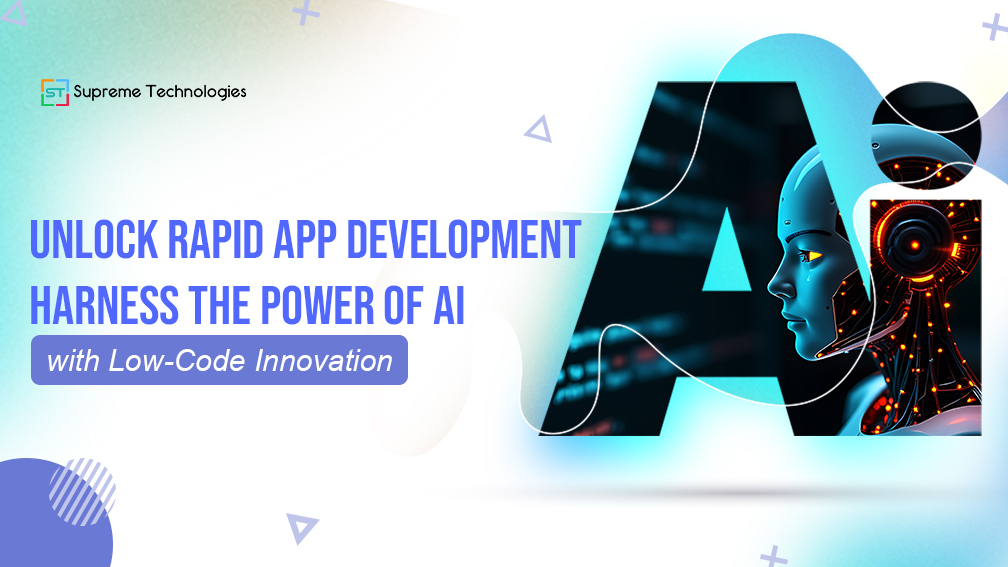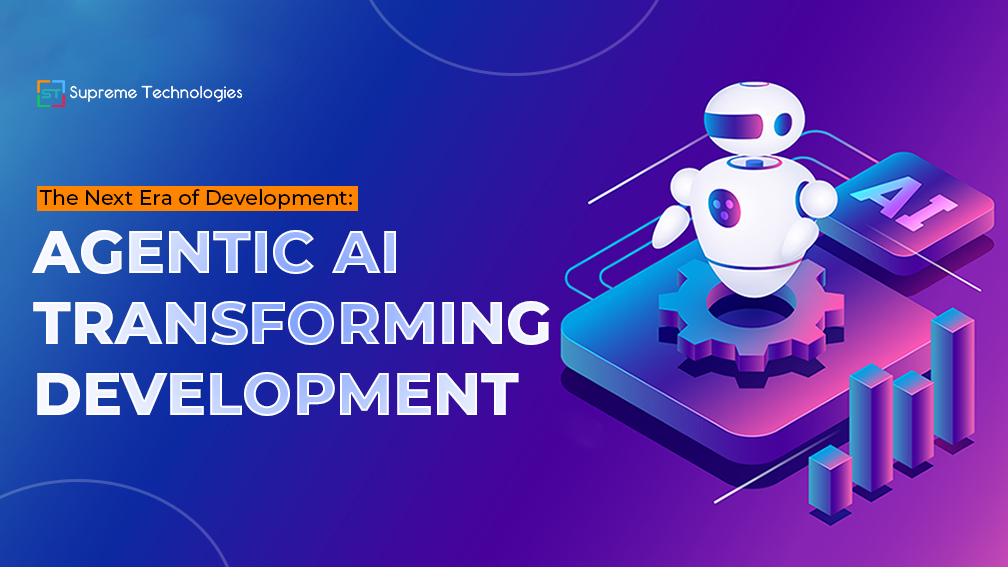The fight for cybersecurity never ends. It is a perpetual pendulum where attackers strategize new approaches and defenders continuously update the latest tools and techniques to stay one step ahead. In this ongoing battle, artificial intelligence and Large Language Models (LLMs) have been referred to as game changers. They have the potential to change how our information is protected. However, AI and LLMs, being major technologies, have their advantages and disadvantages that must be expertly weighed.
What is Generative AI?
AI often has been described as relating the thought and learning capacities of human beings to computers in strikingly similar ways. This is a machine technology that enables them to understand, assess, or factor information and therefore prefer.
The process involves capturing patterns that describe human language—the semantics embedded within text data or media such as books, websites, repositories or social networks, for instance—which can then be rendered into machine-readable format based on statistical correlation analysis rather than hard-coded rules created by experts over many years of work experience.
What Are Large Language Models(LLMs)?
LLMs are seen as specific AI types that concentrate on comprehension and producing text like human beings.
In order to acquire an intellect of how speech is operated, these robots undergo thorough training sessions with a lot of information such as books, journals or online posts training data set texts.
From the information gathered it can mimic human speech patterns as well provide answers to questions as well as write articles on its own.
Overview of the Cybersecurity Industry
Technologies, such as the Internet of Things (IoT), clouds, drones, and smart devices, have made businesses more efficient. At the same time, these are the channels through which organizations become exposed to cyber threats.
According to a survey conducted by Gartner board members regard cybersecurity as one of the most important risks to businesses which increased from 58% to 88% in 5 years. Meanwhile, many companies have shifted their focus towards securing their systems against such dangers.
According to IBM, companies suffer enormous losses because of slow threat detection and response mechanisms. Generally, data breaches cost companies about 4.35 million dollars in 2022. However, those who detected and responded to them quickly saved themselves from these losses by using AI and automation programs.
What Are The Positive Impacts of Artificial Intelligence(AI) in Cybersecurity?
- AI Improves Threat Detection
Generative AI algorithms can analyze huge amounts of data in real-time. It also detects data anomalies and suspicious patterns that human analysts might miss. This helps in the early identification of dangers and preventive actions before an assault.
- AI Automates Repetitive Tasks
AI’s application can help in carrying out boring and time-consuming tasks. For example, it is possible to automate the analysis of Security Incident and Event Management (SIEM) log entries, which in turn allows security specialists to shift focus to implementing strategic goals and conducting complex inquiries.
- AI Improves Threat Intelligence
Large language models can sort through a great deal of threat intelligence data from different sources and pinpoint new trends, attack patterns, and vulnerabilities. They enable those protecting networks to know how the attackers might act and where to channel resources tactfully.
- AI Enhances Phishing Detection
AI helps you in many ways. It can study email content, language patterns, and sender information with exceptional accuracy, thus helping in phasing out advanced phishing attempts.
- AI Automates Security Tasks
Artificial intelligence adapts security measures based on the behavior and risk profile of each user. This further helps protect against threats while causing minimal disruption for genuine users.
Market Growth & Adoption of AI
- The Market Size
Grand View Research, indicates that the global AI in cybersecurity market size was estimated at USD 16.48 billion in 2022. And it is expected to grow at a compound annual growth rate (CAGR) of 24.3% from 2023 to 2030.
Check Research:
- The Adoption Rate
In the year 2024, one survey found that 20% of organizations worldwide are already using Generative AI for cybersecurity purposes. And 69% of businesses, technology, and security executives are planning to deploy AI tools for cyber defense within the next 12 months.
View Source:
Things To Consider Before Adopting Generative AI
1. For Security Strategy and Governance
- Knowing Complexity: Generative AI doesn’t simplify the complexities of cybersecurity; it’s important to recognize that security challenges remain.
- Board and C-suite Involvement: Make generative AI adoption in cybersecurity a regular discussion topic in board and leadership meetings to ensure strategic alignment.
- Contextual Integration: Don’t focus just on integrating generative AI into cybersecurity without considering the broader security context of the organization.
2. For security operations
- Verification by SecOps: Add security operations (SecOps) in verifying outputs from generative AI.
- Training for Threat Detection: Train SecOps staff in using both generative AI and traditional methods for threat detection to avoid relying too much on one approach and ensure result quality.
- Diverse AI Models: Use a variety of generative AI models in cybersecurity to prevent dependence on a single model.
3. For cybersecurity companies
- Guard Against Deception: Protect against deceptive content created by generative AI, which can create false information.
- Prevent External Interference: Protect generative AI algorithms and models from external interference that could introduce vulnerabilities or unauthorized access.
The Future of Cybersecurity
Forbes reports that AI and automation technology investments from different companies have amounted to billions. It also points out that the Industrial Internet of Things (IIoT) will hit $500B come 2025 if we speak only about this domain which experiences essential and massive integration of AI-based solutions. AI remains significant in helping firms preserve their networks and systems as they take up fresh innovation at these corporations.
Conclusion
As cybersecurity evolves, adopting Artificial Intelligence and large language models offers both advantages and challenges. While these technologies increase threat detection and automation, careful implementation is vital. Organizations need to balance benefits with risks, involving stakeholders, offering training, and using several AI models. Responsible integration of these technologies is key for future cybersecurity, ensuring protection and customer trust.





